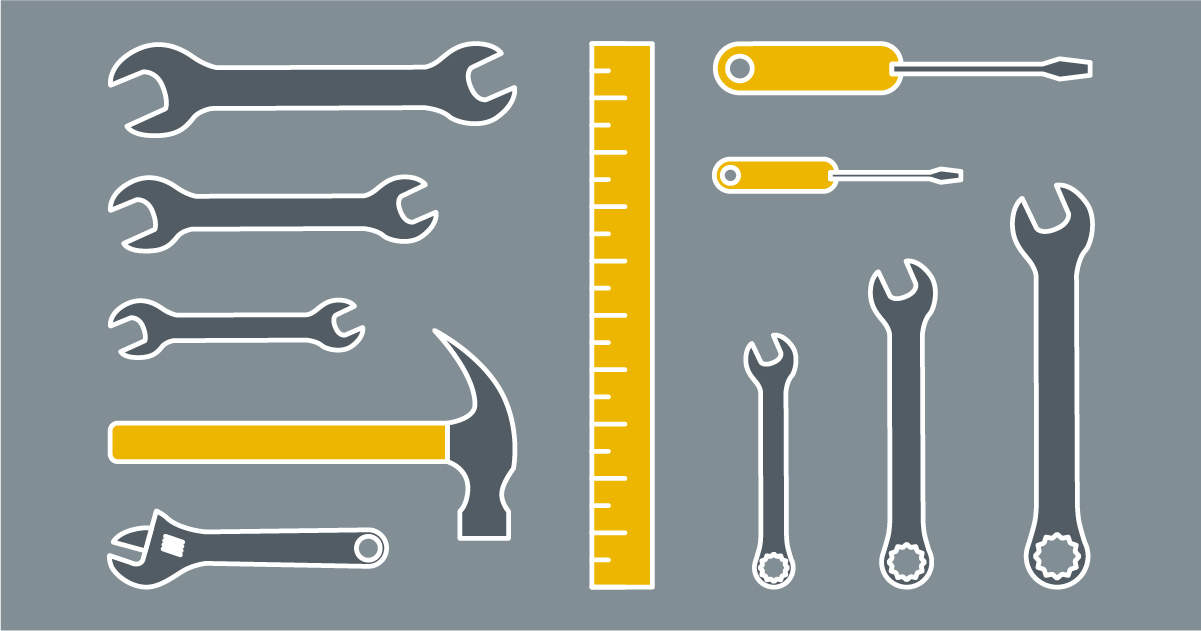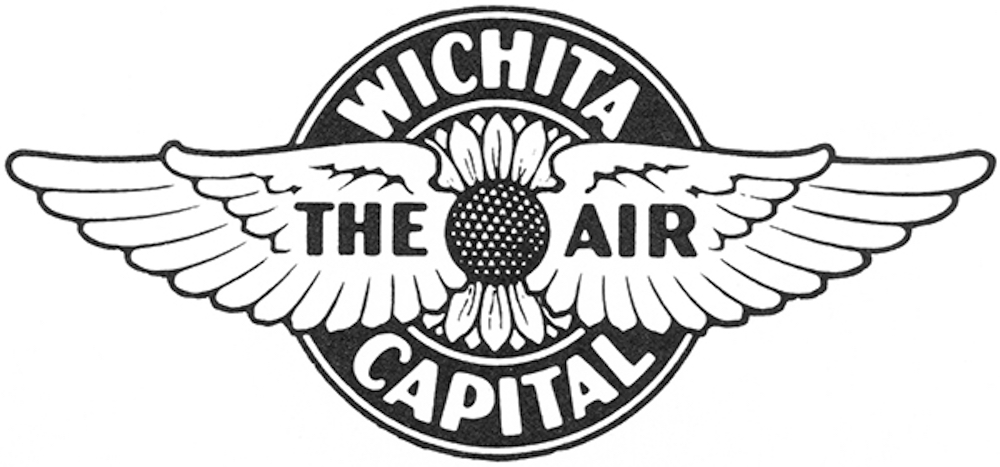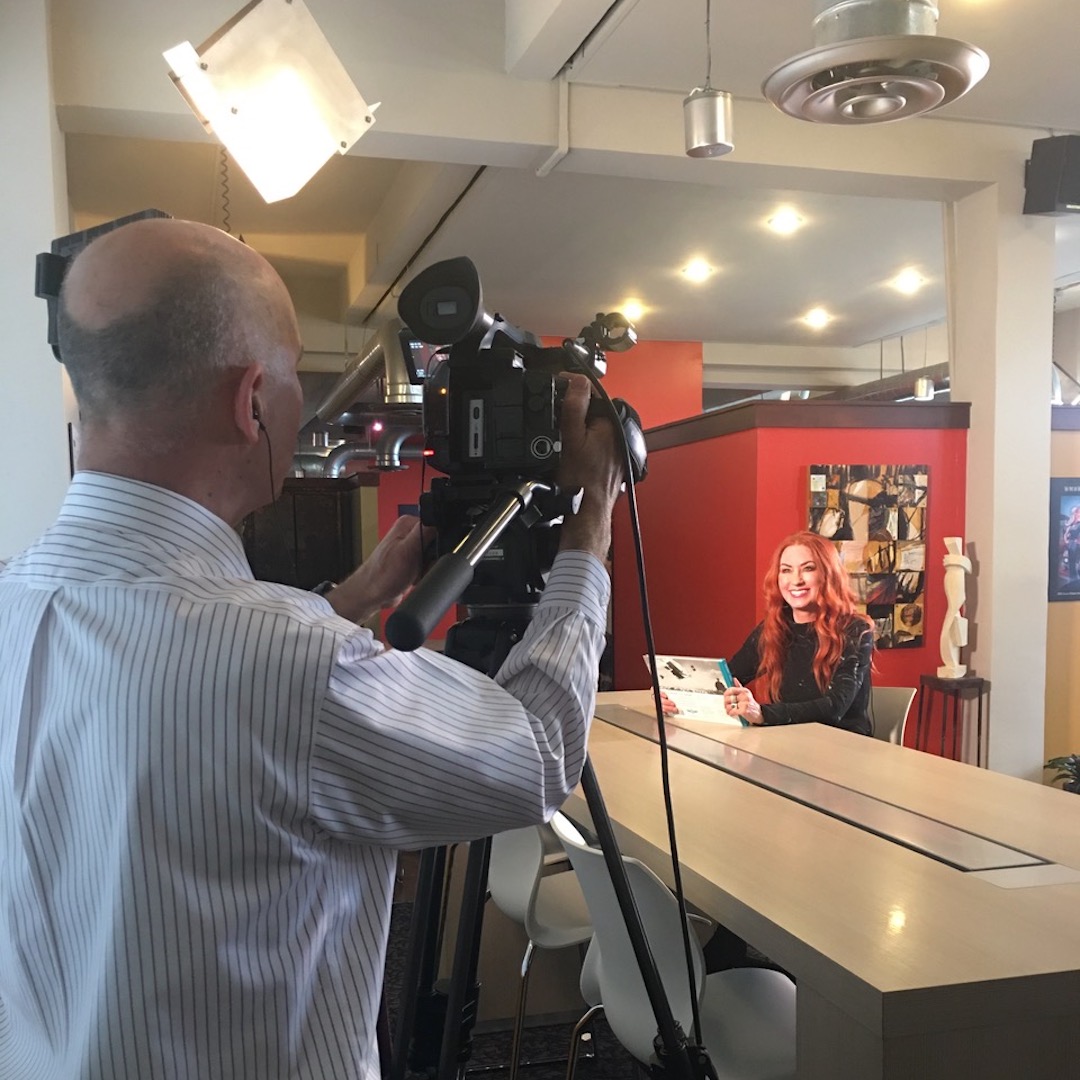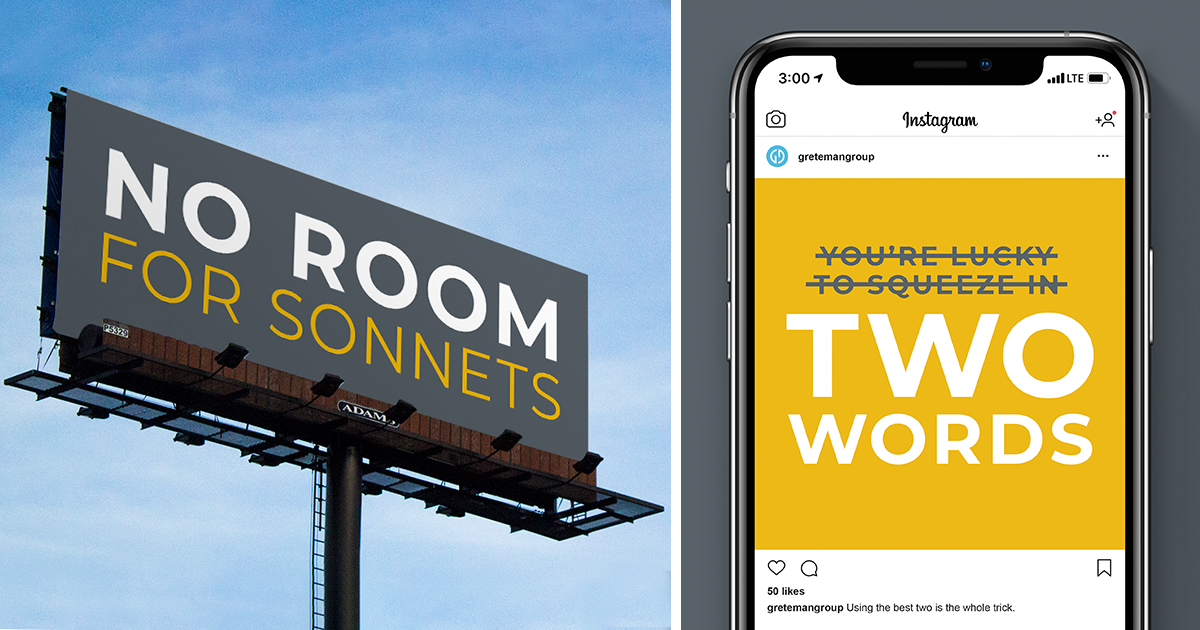Remote Control
We didn’t rush for the doors at Greteman Group. Truth is, a lot of us are married to the place. It’s a real looker. Plus, there are plants to water. The company is good. The coffee ain’t bad. But things are moving fast. We have to stay in front of them.
Coronavirus (COVID-19) is spreading. Seems the best way to beat it is to not let it get close. The situation called for a calm, orderly exit.
We’ve done just that.
The Home Team
We packed our computers into our cars at the end of the day on Tuesday and by Wednesday morning our remote work plan was in action. Our management team was video conferencing. Our brand managers were working the home phones. Our creatives were creating at their kitchen tables.
An email alerting clients about our remote work plan went out first thing Wednesday morning — a message from the “home team.” We listed our cell numbers, and told them to call or text with questions.
It’s mostly business as usual, we explained. We may not be in the office, but we’re still on the job.

Leadership sent us off with a toolbox full of digital devices and programs aimed at making our home offices as connected as the open work environment we’re used to.
Communication We conducted internal meetings using Google Hangouts to keep our phone lines open for client calls and to see faces we’re already missing. Questions flew back and forth over Slack. Our teleconference lines were reserved for client communication.
Even Sonia, our fearless leader who would rather be in the action than at home, enjoyed her first Google Hangouts meeting — and that’s saying something.
Project Management Basecamp did the heavy lifting, with each task and to-do outlined in detail. All while our traffic manager green-lighted projects for brand managers, copywriters and designers across the city.
Productivity We didn’t fear we’d be lost at sea without the structure of the office. Brand managers alleviated any worries by ramping up scheduling for project check-ins. No more walking by desks. It’s all Google Drive and video chatting.
Security Working from home didn’t mean working from our home computers. Each of us took our laptops, desktops and tablets home as well as their protected security features. Designers coordinated VPN access for the files stored safely on our server.

The Need to Lead
Our management team put together a plan that allows us to serve our clients, our employees, and our community. Taking care of business means taking care of people first. We’re confident our ship will run more smoothly through this crisis because we plotted the course in advance, and then made the hard choice to take action.
Next Steps
None of us can know how this will all play out. But we can choose how we play it. We’re playing it safe. This pandemic demands action. We plan to go the distance. That means heading home for a spell.
There was no hugging when we left the office. No running, either. We’re not going to miss a step.




